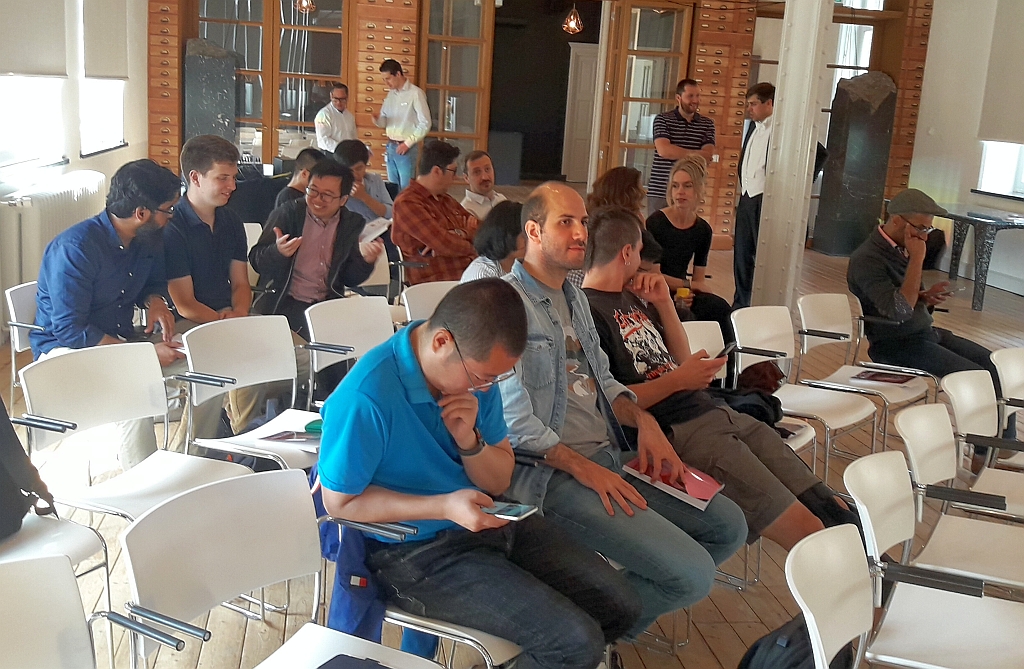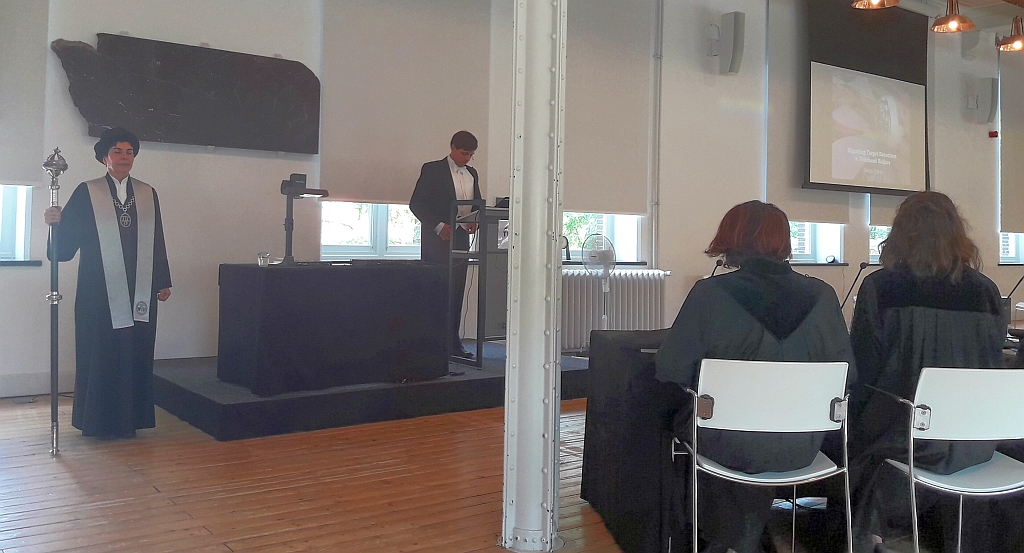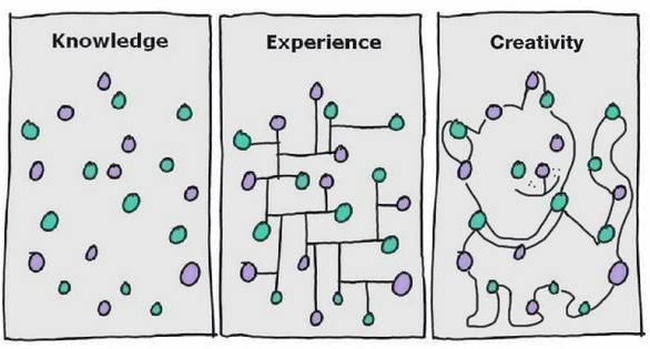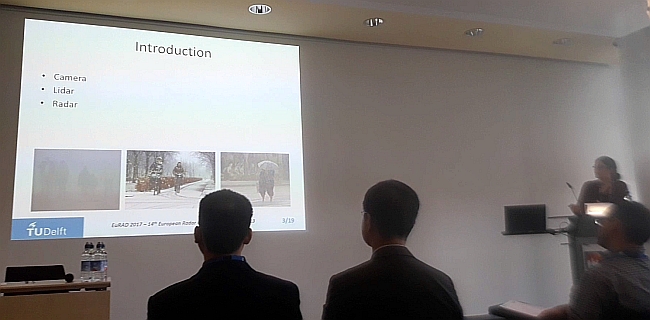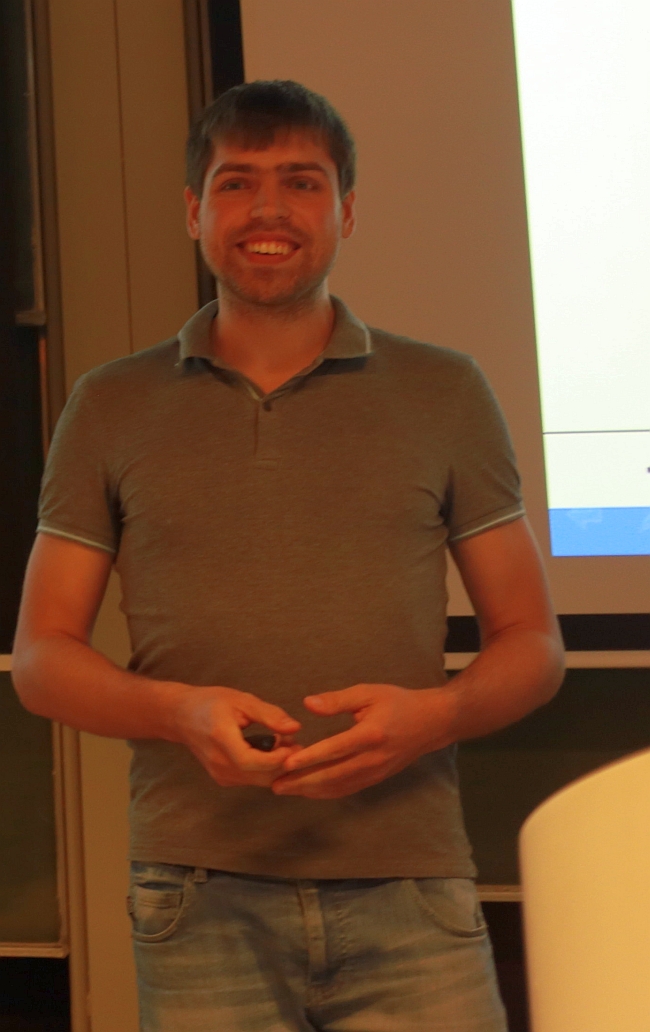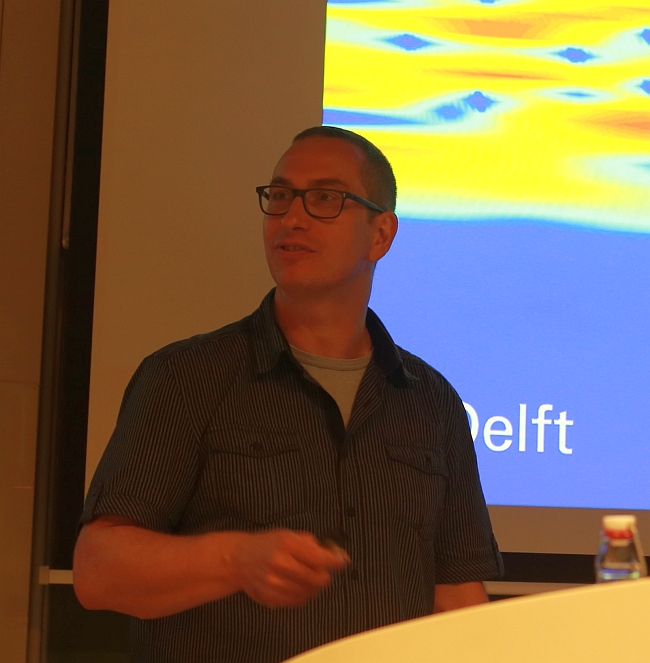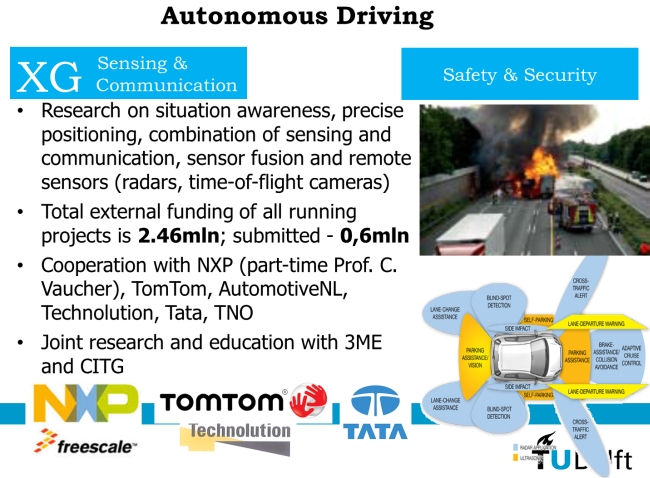Blog Archives
After the seminar…
Rotterdam Rain Radar
New video and an article about RainGain radar in Rotterdam
Crafting Your Article Introduction
The Authors@IEEE Newsletter in their October issue proposed a few useful tips for the crafting of your article Introduction.
A well-written introduction can convince a busy researcher to invest time in reading your article. Craft a better introduction by following these tips:
- Structure your introduction like a funnel, moving from broad to narrow: start by identifying the broad area of a study, continue to a narrower focus on a literature review of your specific research area, and then to an even narrower focus on your specific research question
- Include a comprehensive but concise literature review; provide enough information to establish a context for your work but avoid including studies that are only marginally relevant
- Clearly state your research question and why it’s important to the field
- Briefly explain your method for approaching the problem and why you chose that method
Francois le Chevalier – Thanks a lot!
Dear friends,
Many thanks and warm gratitude to each of you for this superb day in Delft: with my wife Danièle, we have really been deeply moved, and admirative of the seamless organization, the quality and good humour of the presentations, the variety of persons, from the younger students – to which I owe a lot for so many good questions and lively discussions – to the … less young colleagues (but still younger than me – take care!), friends now!
Thanks to each of you, those who were there, and also to those who couldn’t come: these years shared between TU Delft and Thales are certainly my richest professional experience with human nature – and also the best part of my research! And those mornings in Delft, cycling along the canals – even when the weather was not …exactly Italian! – I will miss them, for sure…
Attached are several pictures selected by my wife – just a glimpse of so many exchanges and laughs! She especially appreciated the blue and yellow colours, Vermeer-style she tells me, of the ambiguity functions presented by Pascal. Also, the lifelines sketched by Nikita provide us with a … millenarist view of research achievements!
We will meet again, here or there – anyway, I need Delft from time to time, and there are conferences: Radar 2019 in Toulon, France! The splendid Delft-blue plate you offered me is on the wall, and my thoughts are with you: good health, open and creative thinking, human understanding and joined efforts – and perseverance!
Sincerely, I wish you the best
François
Francois Le Chevalier
Emeritus Professor, Radar Systems Engineering, TU Delft;
Chief Scientist (retired), Thales Land & Air Systems;
SEE, Président du Comité des Grades.
IEEE GRSS Webinar Series: Akira Hirose – Advanced Neural Adaptive Processing in Interferometric and Polarimetric Radar Imaging
In the first of a series of live webinars for the IEEE Geoscience & Remote Sensing Society (GRSS), IEEE.tv will broadcast a live presentation by Dr. Akira Hirose, a GRSS Distinguished Lecturer. This talk is being presented at the IEEE GRSS Taipei Chapter, and the live broadcast is generated courtesy of Taipei Tech in Taiwan.
Dr. Hirose will present his talk on “Advanced Neural Adaptive Processing in Interferometric and Polarimetric Radar Imaging” (abstract below).
ABSTRACT
This talk presents and discusses advanced neural networks by focusing on complex-valued neural networks (CVNNs) and their applications in the remote sensing and imaging fields. CVNNs are suitable for adaptive processing of complex-amplitude information. Since active remote sensing deals with coherent electromagnetic wave, we can expect CVNNs to work more effectively than conventional neural networks or other adaptive methods in real-number space. Quaternion (or Hypercomplex-valued) neural networks are also discussed in relation to polarization information processing.
The beginning half of the Talk is devoted to presentation of the basic idea, overall framework, and fundamental treatment in the CVNNs. We discuss the processing dynamics of Hebbian rule, back-propagation learning, and self-organizing map in the complex domain. The latter half shows some examples of CVNN processing in the geoscience and remote sensing society (GRSS) fields. Namely, we present distortion reduction in phase unwrapping to generate digital elevation model (DEM) from the data obtained by interferometric synthetic aperture radar (InSAR). In polarization SAR (PolSAR), we apply quaternion networks for adaptive classification. Another example is ground penetrating radar (GPR) to visualize underground objects to distinguish specific targets in high-clutter situation. Finally we discuss the prospect of the CVNNs in the GRSS fields.
BIOGRAPHY
Akira Hirose (F ’13) received the Ph.D. degree in electronic engineering from the University of Tokyo in 1991. In 1987, he joined the Research Center for Advanced Science and Technology (RCAST), the University of Tokyo, as a Research Associate. In 1991, he was appointed as an Instructor at the RCAST. From 1993 to 1995, on leave of absence from The University of Tokyo, he joined the Institute for Neuroinformatics, University of Bonn, Bonn, Germany. He is currently a Professor with the Department of Electrical Engineering and Information Systems, the University of Tokyo. The main fields of his research interests are wireless electronics and neural networks. In the fields, he published several books such as Complex-Valued Neural Networks, 2nd Edition (Springer 2012).
Dr. Hirose is a Fellow of the IEEE, Senior Member of the Institute of Electronics, Information and Communication Engineers (IEICE) and a member of the Japanese Neural Network Society (JNNS). He received several awards such as IEICE Electronics Society (ES) Outstanding Achievement Award (2014), IEEE Geoscience and Remote Sensing Society (GRSS) Distinguished Lecturer honor (2014), IGI Global’s Excellence in Research Journal Award (2011), IEEE/INNS WCCI-IJCNN Runner-up Best Paper Award (IEEE Computational Intelligence Society (CIS) 2010), Excellent Service Award (IEICE ES), 2008, on ES General Secretary), IEEE/INNS WCCI-IJCNN Best Session Presentation Award (IEEE, INNS 2006), Excellent Service Award (IEICE ES), 2006, on Electromagnetic Theory (EMT) Technical Group), ICONIP Best Paper Award (Asia-Pacific Neural Network Assembly (APNNA), 2004), Inamori Scholars Membership (Inamori foundation) (2000), and Outstanding Research Award (Research Foundation for Opto-science and Technology) (1998).
He served as the President of the JNNS (2013-2015), Vice President of the IEICE Electronics Society (2013-2015), Editor-in-Chief of the IEICE Transactions on Electronics (2011-2012), Associate Editor of journals such as the IEEE TRANSACTIONS ON NEURAL NETWORKS (2009-2011), IEEE GEOSCIENCE AND REMOTE SENSING NEWSLETTER (2009-2012), Chair of the Neurocomputing Technical Group in the IEICE, and General Chair of the 2013 Asia-Pacific Conference on Synthetic Aperture Radar (APSAR 2013) in Tsukuba. He currently serves as the a member of IEEE Computational Intelligence Society (CIS) Neural Networks Technical Committee (NNTC) (2009-), Founding Chair of the NNTC Complex-Valued Neural Network Task Force (2010-), Governing Board Member of the Asia-Pacific Neural Network Assembly (2006-), IEEE GRSS Tokyo Chapter Chair (2013-2015), Founding President of Asia-Pacific Neural Network Society (APNNS) newly starting in 2016, General Chair of International Conference on Neural Information Processing (ICONIP) 2016 Kyoto, and General Chair of International Geoscience and Remote Sensing Symposium (IGARSS) 2019 Yokohama.
Seminar Autonomous driving (extended XG seminar)
Seminar will take place in Snijderszaal on Monday, May 15 at 11:00. Lunch included.
Program
- 11.00 – 11.05 Opening (by Alexander Yarovoy and Leo de Vreede)
- 11-05 – 11.35 Cicero Vaucher, ‘ Automotive radars’
- 11-35 – 12.05 Dariu Gavrila, ‘ Autonomous driving ‘
- 12-05 – 12.35 Riender Happee (or represented by PhD) ‘ Human Factor on autonomous driving’
- 12:35 – 13:00 Lunch break (Lipkenszaal)
- 13.00 – 13.30 S4-Drive project (PhD’s Rossiza Gourova (EEMCS) and Joris Domhof (3ME) )
- 13.30 – 14.00 CRUISE project proposal (Cicero Vaucher, Masoud Babaie and Faruk Uysal)
Congratulations! Your article has been published as a rapid post
Dear authors,
This is to notify you that the following article, “Linearized Three-dimensional Electromagnetic Contrast Source Inversion and Its Applications to Half-space Configurations,” has been finalized and posted to the “Early Access” area on IEEEXplore. This article has been accepted for inclusion in a future issue of this journal and its content is final as presented with the exception of pagination and issue designation. It may be cited as an article in a future issue by its Digital Object Identifier. To view your Rapid Post article, please visit the journal homepage (listed below) on IEEEXplore and select the “Early Access” tab.
This paper appears in: IEEE Transactions on Geoscience and Remote Sensing
Volume: 55 Issue: 6
Print ISSN: 0196-2892
Online ISSN: 1558-0644
Digital Object Identifier: 10.1109/TGRS.2017.2672861


